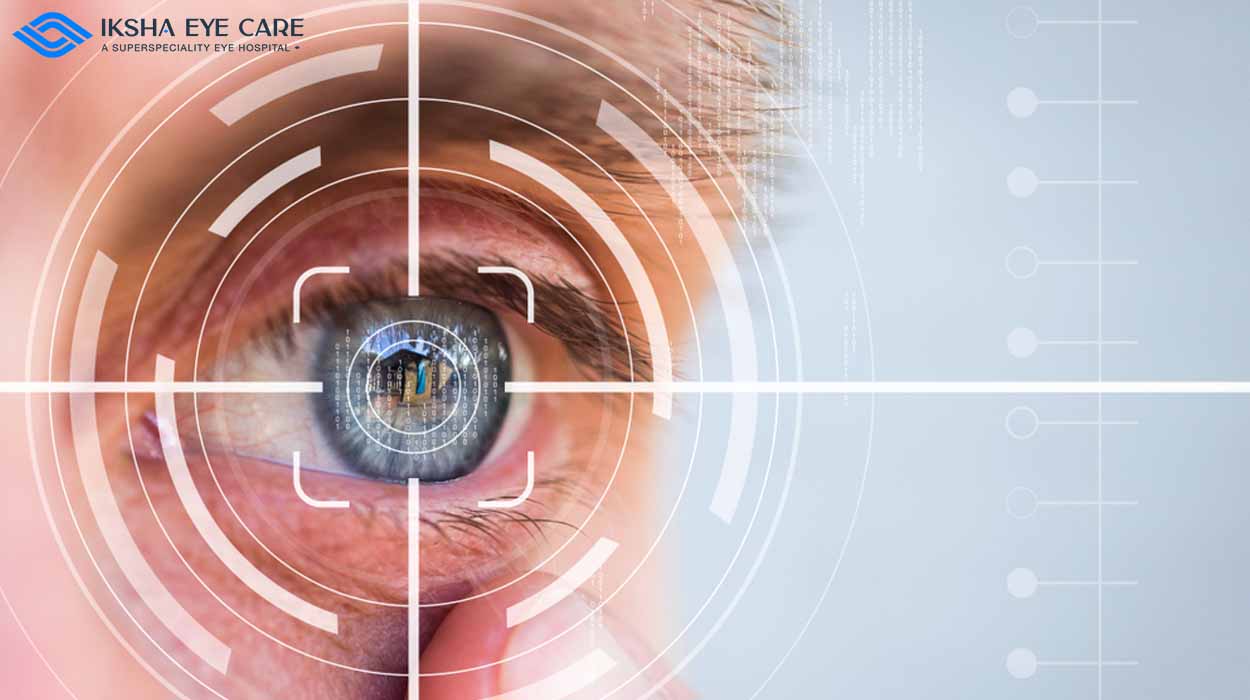The Function of Advanced Diagnostic Devices in Identifying Eye Disorders
In the world of ophthalmology, the utilization of advanced diagnostic devices has actually transformed the very early identification and monitoring of different eye disorders. As the need for precise and timely medical diagnoses continues to expand, the assimilation of advanced tools like optical comprehensibility tomography and aesthetic area screening has come to be important in the realm of eye care.
Significance of Early Medical Diagnosis
Very early medical diagnosis plays a critical role in the effective administration and therapy of eye conditions. By discovering eye conditions at an early stage, health care companies can use proper treatment strategies customized to the particular condition, ultimately leading to much better outcomes for clients.
Modern Technology for Identifying Glaucoma
Advanced analysis innovations play a vital role in the very early discovery and surveillance of glaucoma, a leading reason of irreparable blindness worldwide. One such innovation is optical coherence tomography (OCT), which provides comprehensive cross-sectional photos of the retina, permitting the dimension of retinal nerve fiber layer thickness. This measurement is important in analyzing damage caused by glaucoma. An additional sophisticated device is aesthetic field testing, which maps the sensitivity of a client's aesthetic area, aiding to detect any kind of areas of vision loss quality of glaucoma. Additionally, tonometry is used to measure intraocular pressure, a significant danger aspect for glaucoma. This test is important as raised intraocular pressure can cause optic nerve damage. Newer technologies like the use of fabricated knowledge formulas in examining imaging information are revealing encouraging results in the very early discovery of glaucoma. These advanced analysis tools allow eye doctors to identify glaucoma in its onset, permitting for timely intervention and far better monitoring of the illness to avoid vision loss.
Role of Optical Coherence Tomography

OCT's capability to Read Full Article quantify retinal nerve fiber layer thickness permits precise and unbiased measurements, helping in the very early detection of glaucoma even before aesthetic area defects emerge. OCT innovation permits longitudinal surveillance of architectural changes over time, assisting in tailored treatment strategies and prompt treatments to aid maintain clients' vision. The non-invasive nature of OCT imaging additionally makes it a favored selection for monitoring glaucoma development, as it can be repeated regularly without creating discomfort to the person. Overall, OCT plays an essential duty in boosting the analysis accuracy and administration of glaucoma, eventually contributing to far better results for people in jeopardy of vision loss.
Enhancing Diagnosis With Visual Field Screening
An essential part in thorough sensory evaluations, visual area screening plays an essential duty in boosting the diagnostic procedure for various eye conditions. By assessing the full degree of an individual's visual field, this test provides important info about the functional integrity of the whole aesthetic path, from the retina to the visual cortex.
Visual area screening is especially useful in the diagnosis and administration of problems such as glaucoma, optic nerve problems, and different neurological illness that can affect vision. Through measurable dimensions of peripheral and main vision, medical professionals can find subtle changes that might suggest the existence or progression of these problems, even before recognizable signs occur.
Furthermore, aesthetic hop over to here area testing allows for the monitoring of therapy effectiveness, assisting ophthalmologists tailor restorative interventions to private patients. eyecare near me. By tracking changes in aesthetic field efficiency in time, healthcare providers can make enlightened decisions concerning adjusting medications, advising surgical treatments, or executing various other suitable steps to preserve or improve a person's visual function
Managing Macular Degeneration
Final Thought
To conclude, advanced diagnostic devices play an essential function in recognizing eye problems early. Technologies such as Optical Comprehensibility Tomography and aesthetic field screening have actually substantially boosted the precision and efficiency of detecting problems like glaucoma and macular deterioration. Early detection permits timely intervention and monitoring of these disorders, eventually resulting in much better end results for individuals. It is imperative for medical care specialists to remain upgraded on these improvements to supply the finest possible take care of their people. eyecare near me.